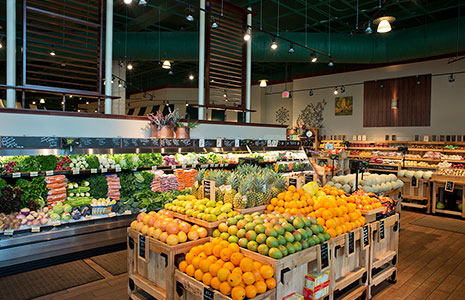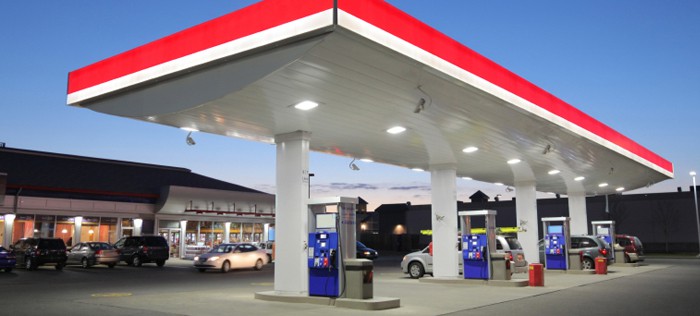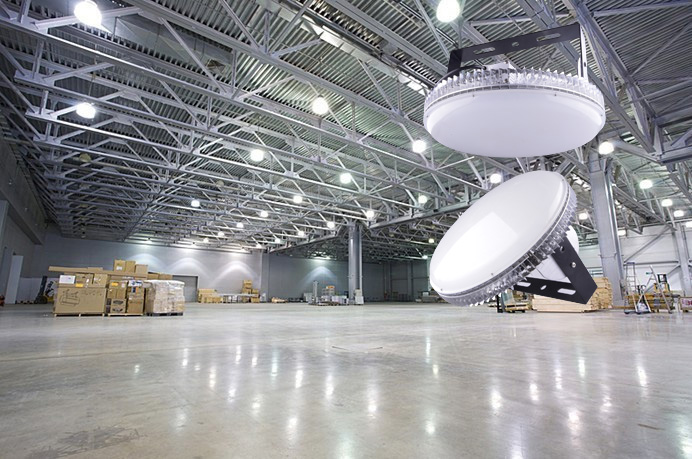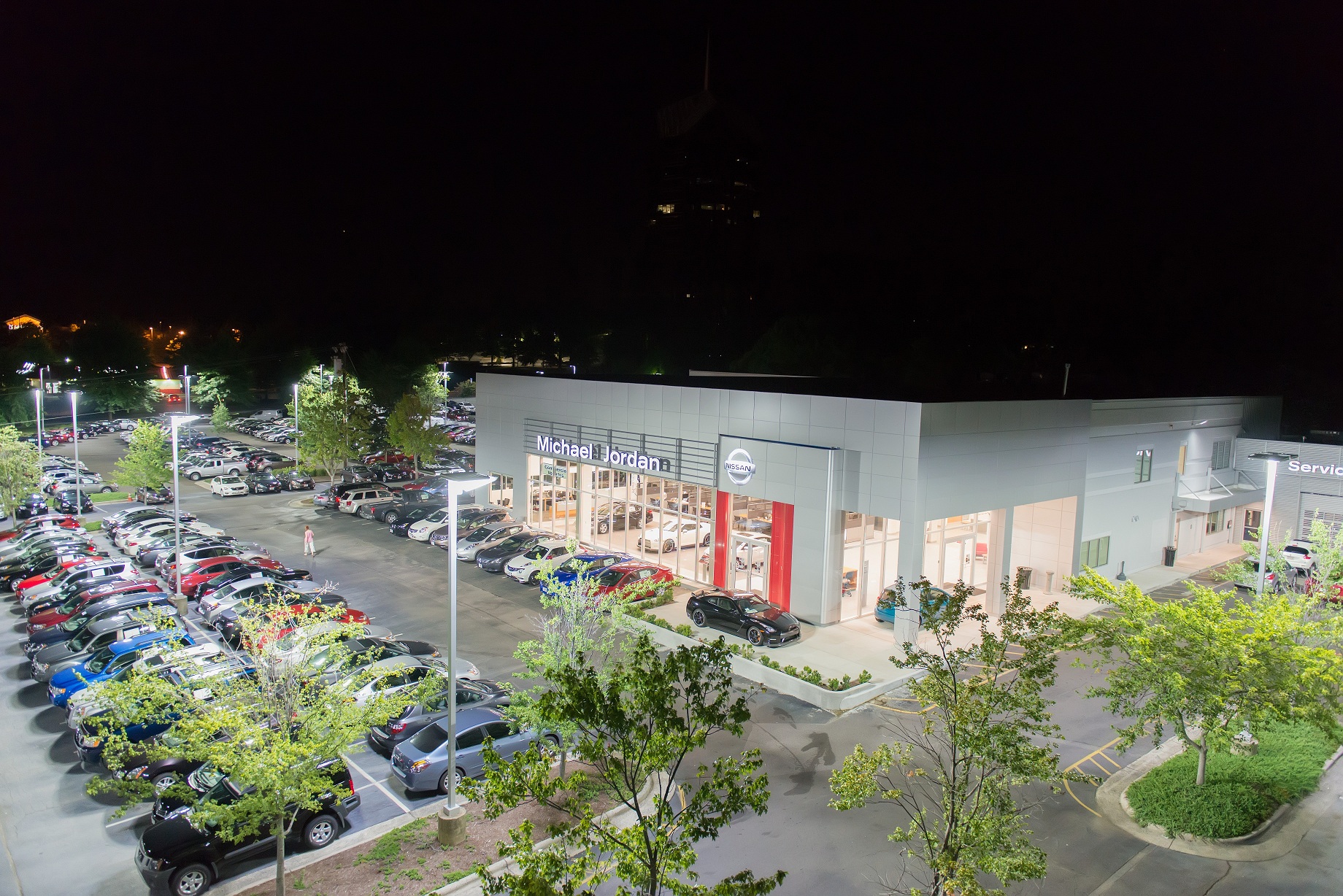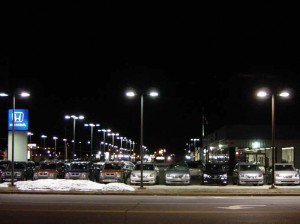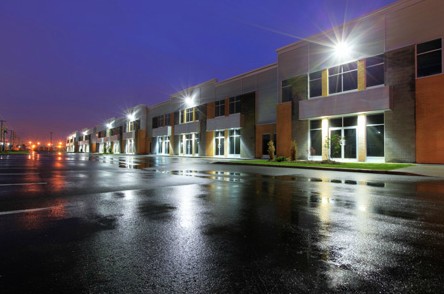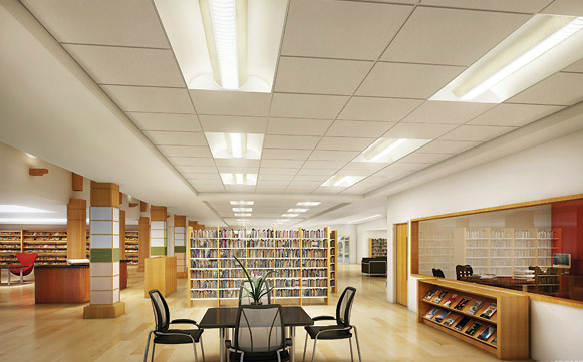The importance of LEDs are starting to “show their light” in the community. Last month, Cree and Habitat for Humanity began building a home that will have only LED lighting fixtures. Habitat for Humanity is a non-profit, Christian housing ministry that builds homes for families in need. The family helps the volunteers build their new home, and their mortgage payments go toward the building of new homes through Habitat. According to their website, they have built over 350,000 homes around the world.
Cree is sponsoring the building of this “first all-LED Habitat home.” The construction is part of a $1.5 million donation Cree has made to Habitat to provide LED lighting fixtures for homes over the next three years. The home will feature Cree’s CR6 Downlights, which are also available for purchase on Home Depot’s website, and other Cree LED products. The new lamps consume 55% less energy than CFL lamps and last 50,000 hours. The family will be saving $250 each year on electric costs.
Each home Habitat for Humanity builds are certified green, which is why Cree got involved. Greg Merritt, vice president of corporate marketing, said the home also “demonstrates that it’s possible that you can light an entire house with LED lights.” We are very excited to see Cree getting involved with the community through its donation of LED products to Habitat for Humanity and hope this has a positive impact on the organization.
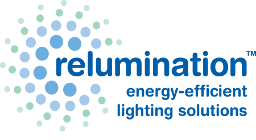
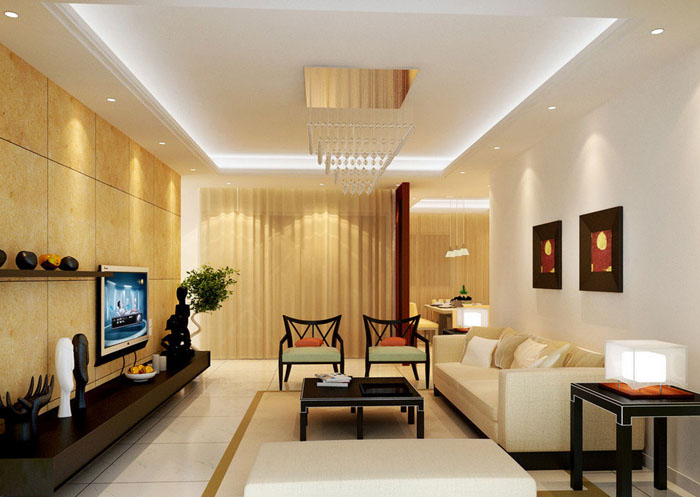
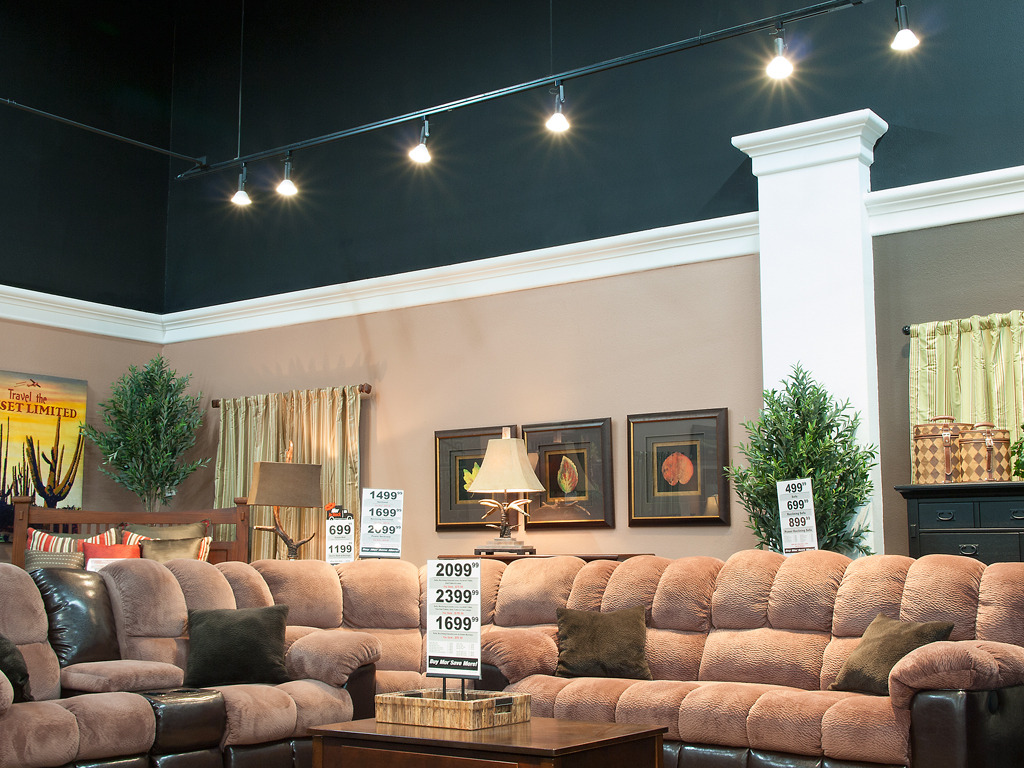
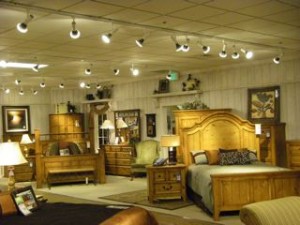 RC Willey, a furniture store only 20 minutes from “The Strip” in Summerlin, Nevada,
RC Willey, a furniture store only 20 minutes from “The Strip” in Summerlin, Nevada, 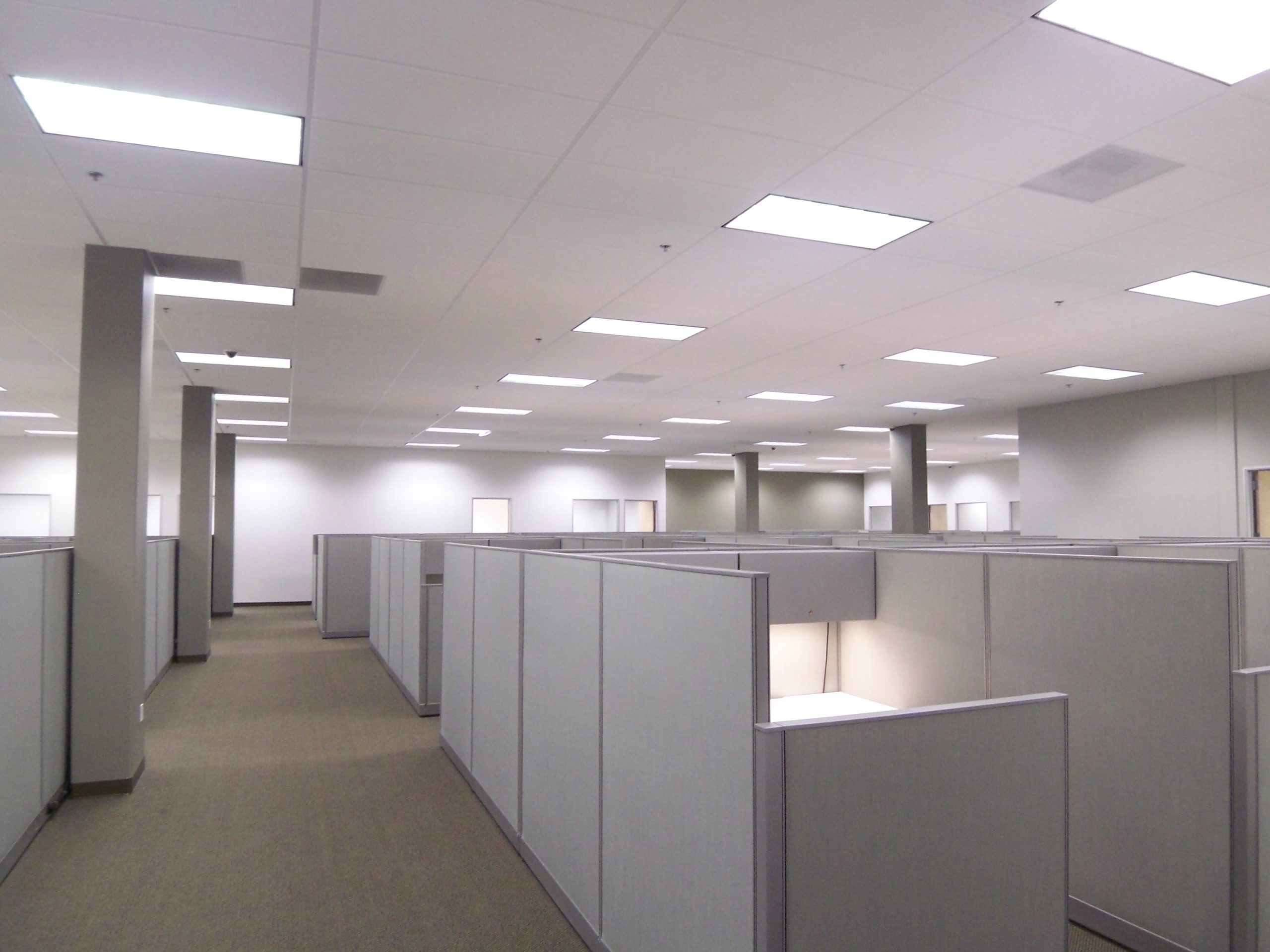
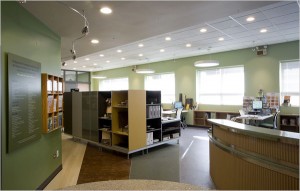 Office buildings require quite a bit of electricity. Between lighting and air conditioning, bills can really add up, especially during the summer when temperatures are close to unbearable in many parts of the country. Companies can save a considerable amount on energy costs by replacing their lamps with LEDs. Office buildings can install lighting that exceeds the quality of the current lighting that consumes 50-80% less power. On top of energy savings, building owners will be happy to save money on maintenance and recycling costs.
Office buildings require quite a bit of electricity. Between lighting and air conditioning, bills can really add up, especially during the summer when temperatures are close to unbearable in many parts of the country. Companies can save a considerable amount on energy costs by replacing their lamps with LEDs. Office buildings can install lighting that exceeds the quality of the current lighting that consumes 50-80% less power. On top of energy savings, building owners will be happy to save money on maintenance and recycling costs.